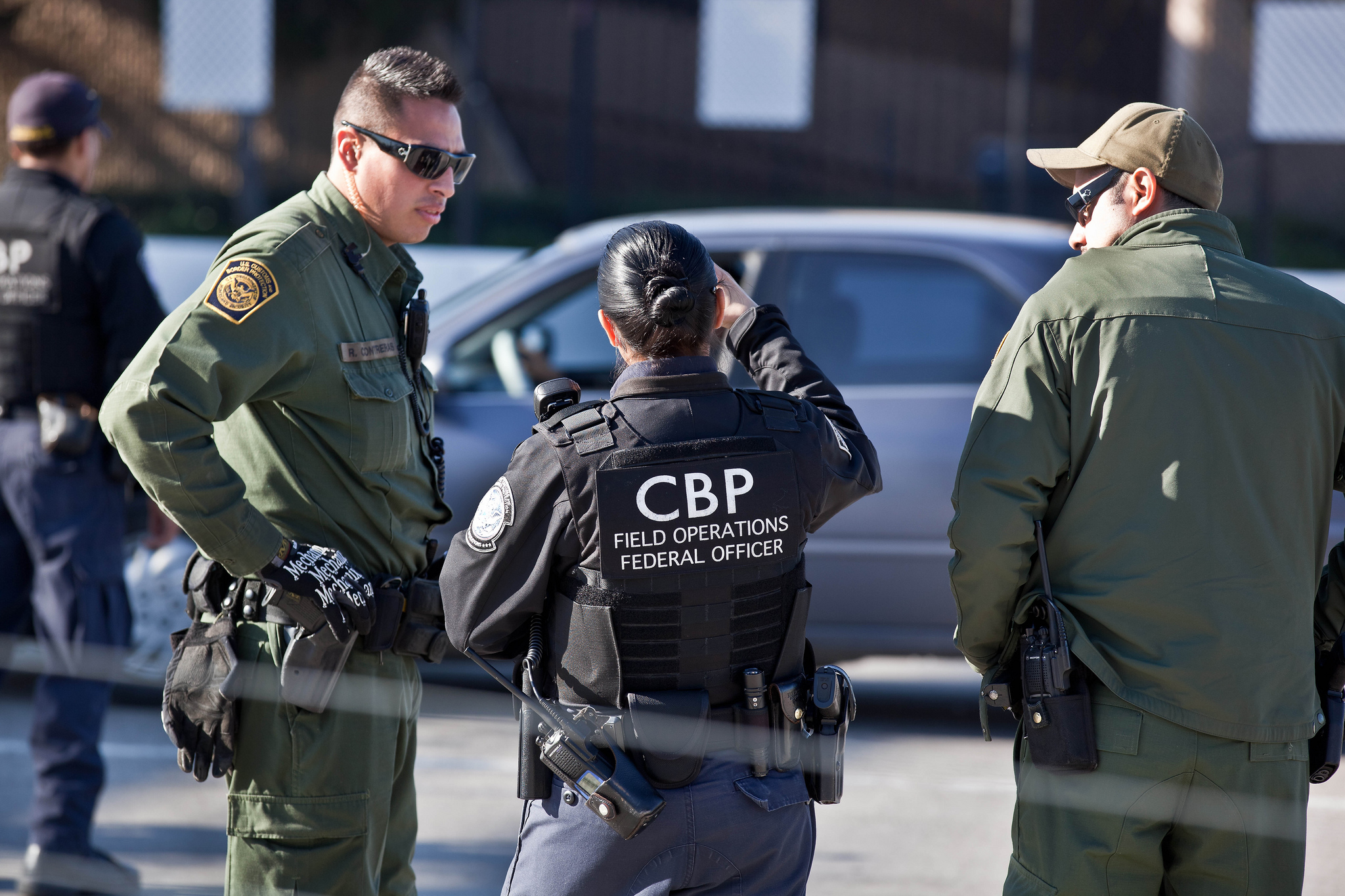U.S. Customs and Border Protection (CBP)—the Border Patrol in particular—has a reputation for repeatedly and systematically violating the rights of immigrants and U.S. citizens alike. Border Patrol agents are known for regularly using excessive force during apprehensions, detaining people under inhumane conditions, and resorting to coercion and misinformation in order to remove people from the United States. Despite the growing number of reports and studies which document these misdeeds and recommend systemic reforms to prevent them, a pattern of abusiveness remains.
For instance, in April 2018, a video from March 2017 surfaced which captured an incident in which two Border Patrol agents operating along the border in El Centro, California, tried to dump an injured and incoherent man on the Mexican side without even verifying from what country he actually came. When Mexican border guards asked the agents how they knew the man was in fact Mexican, one of them replied, “He looks like it.” The Mexican guards also reminded the Border Patrol agents that bilateral agreements between the United States and Mexico specify that any deportee from the United States must be processed through the Mexican consulate on the U.S. side of the border. The agents responded by claiming that the man was not actually in their custody—even though they had him handcuffed.
At times, the conduct of Border Patrol agents seems gratuitously cruel. A prime example from October of 2017 occurred when Border Patrol agents detained a 10-year-old girl with cerebral palsy after she’d undergone emergency gallbladder surgery in Corpus Christi, Texas. The car in which she was riding passed through a CBP checkpoint, at which point she proceeded to the hospital in an ambulance. CBP agents “escorted” the ambulance to the hospital, where they waited outside of the girl’s room until they could detain her and put her in deportation proceedings.
Likewise, in March of 2018, a Mexican woman in San Diego was arrested by Border Patrol agents in front of her three children as they stood at the side of the road and cried. CBP insisted that the woman was part of a human-smuggling network; specifically, that she recruited drivers to take undocumented immigrants to a “stash house.” However, she apparently had no criminal record and was not being criminally prosecuted. Rather, CBP was processing her administratively for the civil violation of being in the country without authorization.
Cases such as these are not isolated incidents caused by a few “bad apples” within the Border Patrol ranks, but reflect a systematic pattern of abuse which has been well-documented.
One study found that, among recent deportees to Mexico who were surveyed, more than half (55.7 percent) were not asked if they feared returning home; half (50.7 percent) who signed repatriation documents reported that they were not allowed to read the documents before they signed them; 43.5 percent were not advised of their right to contact their consulate; and nearly a quarter (23.5 percent) reported being victims of some type of abuse or aggression by immigration authorities during their apprehension.
Unfortunately, this administration is failing to rein in this pattern of excess and overreach. The result is an ongoing erosion of civil rights and public trust.
FILED UNDER: Border Patrol Abuse, featured


